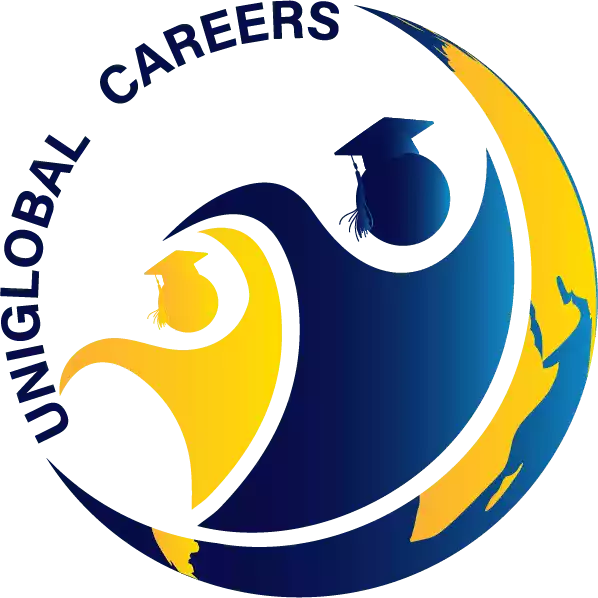10 Things to Know About Non-State Actors in Education in South Asia
1. South Asia is home to a quarter of the global population and three of the nine most populous countries of the world (Bangladesh, India and Pakistan).
2. 89 million children, adolescents and youth are not in school while many of those enrolled are not necessarily learning what is expected.
3. South Asia has by far the highest share of private institutions in total enrolment in primary and secondary education.
4. Despite the rapid increase in non-state provision, learning has not progressed as supporters might expect.
5. There has been a significant rise of non-state provision education in South Asia, much faster than in the rest of the world.
6. The percentage of students who meet global minimum proficiency levels are not only low but have also grown more slowly in South Asia than in the rest of the world.
7. Events were held by the regional report partners to launch a joint report on non-state actors in education.
8. It is important to recognize that education lies at the intersection of other crises of poverty, health, nutrition, clean water and population growth.
9. Non-state actors are the fastest to respond in education emergencies, such as the June 2022 floods in Pakistan.
10. Recommendations of the regional report on common standards, monitoring and support mechanisms and on the need to share innovations with all schools, regardless of sector, remain poignant as an indicative holistic roadmap to reposition non-state actors in education together with the public sector as collaborators rather than adversaries.
Summary from world-education-blog.org


